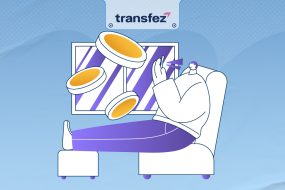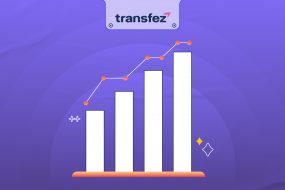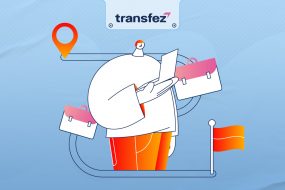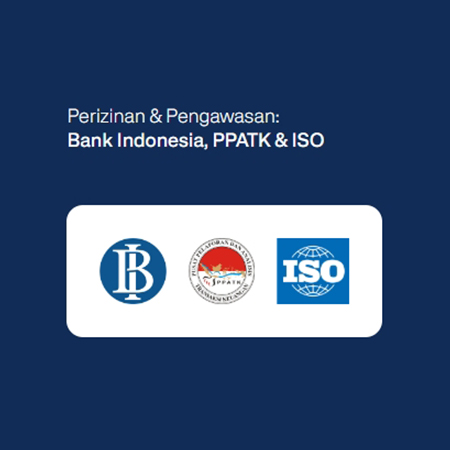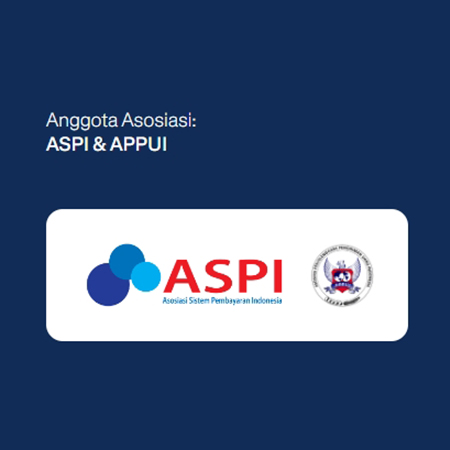
For businesses to operate their manufacturing, distribution, sales, or other business activities over the long term, they must pay a variety of expenditures. Operational costs are what we refer to them as. Without spending these expenses, a business cannot provide a good or service or even continue to exist.
Operational expenses for the business are sometimes referred to as sacrifice costs and are represented in monetary terms. Additionally, there are numerous forms of operational expenditures. Take a look at the discussion below on the definition and categories of operating costs!
Definition of Operating Costs
Operational costs are costs that are incurred by the company in carrying out the company’s operational activities, for example in the form of selling costs, administrative costs, and so on. However, this cost does not include expenses that have been calculated for the cost of goods sold and depreciation costs.
Operating costs is the ongoing cost of running a product, business, or system. These costs are associated, with capital expenditures, a cost of developing or supplying non-consumable components for a product or system.
For example, the purchase of a photocopier is included in capital expenditures; whereas annual paper, ink, electricity, and maintenance costs are included in operating costs. For larger systems such as businesses, OPEX may also cover labour costs and facility costs such as rent and utilities. However, in its nature, operating costs do not include income tax, depreciation, and interest costs on loans.

Operating Costs Types
Before getting to know about the types of operational costs, let’s discuss the types of costs first. Because operating costs cover most of the following costs. Operation costs themselves can be classified using different characteristics such as element, nature, variability, controllability, normality, and function.
Operating Cost Classification by Element
Based on the elements, costs can be grouped into:
- Raw material cost
- Labor costs
- Expenses
- Commodity cost
See Video How To Easily Send Money International with Transfez
Classification of Operating Costs Based on Their Nature
Costs can be classified based on the identification of cost centres or cost units. The groups are direct costs and indirect costs.
Classification of Operating Costs Based on Variability or Cost Behaviour
It is divided into three namely fixed costs, variable costs, and semi-variable costs. Fixed costs are expenses that remain constant regardless of whether sales rise or decrease. Regardless of the level of production, performance, or activity of the business, these expenses must be covered. For instance, regardless of how much or how rapidly a manufacturing business produces a product, it must pay rent for a factory warehouse. While businesses can save money or lower their leasing prices, these expenditures cannot be completely removed. As a result, these expenses are regarded as fixed. Overhead expenses like security, equipment, and insurance in fixed costs.
Costs that are made up of several cost kinds that change depending on production are known as variable costs. Variable costs, as opposed to fixed costs, fluctuate with output, rising with rising production and falling with falling production. The price of raw materials and the price of power are two examples of variable expenses.
Semi-variable costs, on the other hand, change in response to changes in output. The price of overtime work is an illustration of a semi-variable cost.
Send Money Easily to Different Countries
How to Send Money to Hong kong
How to Send Money to China
How to Send Money to Malaysia
How to Send Money to Japan
Classification of Operating Costs Based on The Effect
- Controllable costs
- Uncontrollable costs
- Cost classification based on normality
- Normal or unavoidable costs
- Abnormal or avoided costs
- Operating Costs classification by Function
- Production cost
- Administrative costs
- Distribution fee
- Selling fee
Classification of Operating Costs by Time
- Historical cost
- Pre-determined fees. This fee is divided into two, namely estimated costs and standard fees.
Manage Company Operating Costs
There are several crucial factors concerning a company’s operating costs that must be taken into account. For instance, prudent financial planning, cash flow management, and different operational cost-cutting measures.
The best way to cut operating costs might vary depending on the company, and the type of industry. However, if the approach to cutting operational expenses is effective, the cash flow and financial situation will be better, and company development activities will function effectively. Here are some ways to reduce operating costs to be more efficient.
- Resetting the budget is very important because we do not know what the situation and conditions will be in the future. With a budget plan and operational costs that have been made, managing operating costs will be easier.
- Usually, every company has a vehicle to support operational activities. You should evaluate the use of the vehicle. It is done by asking employees to record and report the use of the vehicle in detail, such as user data, usage requirements, time used, and fuel usage.
- You can save on operational costs by automating manual work. For example, to make financial reports or journals.
Download Transfez App
Transfez App can help you transfer money abroad more quickly and efficiently. Transfez Business can also help your business in making transactions abroad. For those of you who want to send money to relatives who are abroad because they are studying, working, or traveling, Transfez will be ready to help. This app is available on Android as well as iOS.
Closing and Conclusions
A sizeable component of the overall production costs is made up of operating costs. Therefore, manufacturing units must use operational cost reduction measures to manage such expenses. These involve installing specialized machinery and equipment and assessing machinery substitutes.
Consequently, a company must control operating costs. It may be carried out effectively and with the intended results. As a result, you must determine how much money should be spent on machinery. Additionally, you must determine the size of the machinery that needs to be placed. In addition, you should take into account options like machine leasing, specialized employment, etc.





